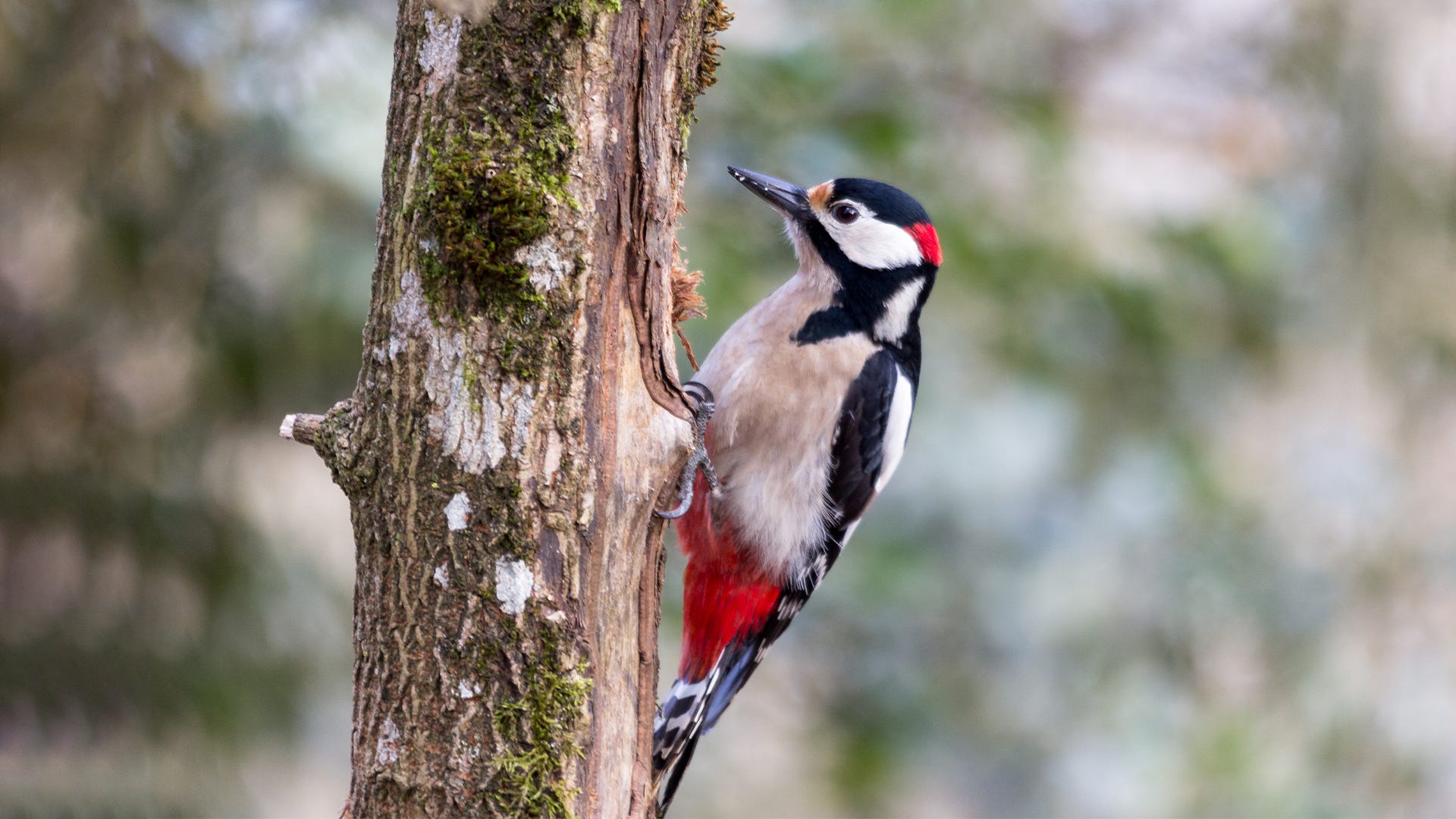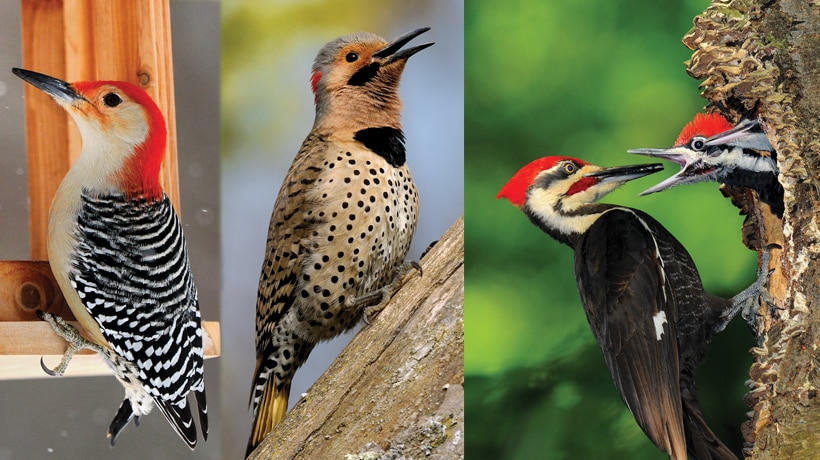Observing Woodpeckers in Florida: Types Diversity and Distribution
Observing Woodpeckers in Florida: Types Diversity and Distribution
Blog Article
Revealing the Keys of Woodpeckers: Behavior, Environment, and A Lot More
Woodpeckers, with their unique actions and specialized adjustments, have long amazed scientists and nature lovers alike. These impressive birds possess a variety of appealing secrets that dropped light on their survival methods, habitat choices, and detailed interaction methods. By discovering the secrets bordering woodpeckers' actions and environment selections, a deeper understanding of these avian marvels emerges, using a glance into their interesting globe. So, what makes these birds truly remarkable, and just how do they navigate their environment with such accuracy and skill? Allow's discover the captivating world of woodpeckers and unravel the enigmatic information that make them such fascinating topics of research.
Woodpecker Actions Insights
In taking a look at woodpecker habits, an interesting screen of specialized abilities and adjustments emerges, clarifying their exceptional ecological particular niche - Woodpeckers in Florida. Woodpeckers, understood for their unique drumming on trees, possess a variety of behavioral traits that contribute to their survival and success in their atmosphere. One crucial actions is their drumming, which offers several purposes such as interaction, establishing territory, attracting mates, and finding food sources. This rhythmic pecking also showcases their amazing strength and endurance, as they can hammer away constantly at broadband without creating damage to themselves.
Additionally, woodpeckers exhibit a distinct feeding behavior identified by their ability to remove insects from tree bark using their specialized beaks. Their lengthy, barbed tongues help in catching prey, while their solid neck muscle mass give stability and accuracy throughout pecking motions. This feeding method permits woodpeckers to accessibility hidden insect larvae and remove them with impressive efficiency.
Habitat Preferences and Choice
What variables influence the habitat choices and option of woodpeckers? Woodpeckers are highly adaptable birds understood to inhabit various environments worldwide. Nonetheless, they do show choices for certain habitat characteristics. One critical variable affecting woodpecker environment choice is the availability of appropriate nesting websites. Woodpeckers usually prefer forests with a mix of mature trees that offer adequate possibilities for dental caries excavation. These dental caries act as crucial nesting and roosting websites for woodpeckers and are important for their reproducing success.
In addition, woodpeckers show a preference for environments with a bountiful supply of food resources. They are mainly insectivorous, preying on beetles, ants, larvae, and other bugs located in decaying wood or tree bark. Woodpeckers tend to prefer wooded areas with a diverse insect populace to meet their nutritional demands.
Moreover, the presence of dead or rotting trees is an additional crucial element in woodpecker environment selection. These trees not only give food resources however likewise offer suitable substrate for cavity excavation. Dead trees are essential for the maintenance of healthy woodpecker populations, as they play an essential role in the woodpeckers' life process and environment dynamics.
Feeding Routines and Diet Plan Make-up
Woodpeckers show a specialized feeding habits focused on foraging for pests within various environments. In enhancement to insects, woodpeckers likewise take in tree sap, fruits, nuts, and seeds, adding range to their diet regimen depending on the season and schedule of food sources.
The foraging methods of woodpeckers are well-adapted to their arboreal way of living (Woodpeckers in Florida). Their capability to dig deep into wood not just provides them with food yet also helps in creating nesting cavities and developing territories. Woodpeckers play a crucial function in keeping the wellness of forests by managing insect populations and aiding in the decay of wood. Understanding their feeding practices and diet plan structure is essential for preservation efforts targeted at maintaining these one-of-a-kind and valuable birds.
Drumming Appears and Interaction
Using rapid drumming audios on different surfaces, woodpeckers use an unique form of interaction to indicate territory borders and draw in mates. This drumming actions is not only a method of interaction but additionally acts as a way for woodpeckers to develop their pop over here existence within a particular location. The intensity, rate, and pattern of the drumming can convey vital info to various other woodpeckers in the location.
Woodpeckers use drumming sounds to announce their visibility in a territory and to advise off prospective burglars. The loud and repeated nature of the drumming functions as a clear signal to other woodpeckers that the location is already declared. This helps in minimizing conflicts and lessening physical conflicts in between individuals.

Survival Adaptations and Specialized Composition

Final Thought
To conclude, woodpeckers exhibit unique actions, such as drumming audios for communication, and have specialized anatomy for survival in their chosen environments. Their feeding routines and diet composition better show their versatility to various settings. By comprehending these elements of woodpeckers, researchers and preservationists can much better safeguard and maintain these interesting birds and their communities.
Report this page